The New Gastronome
Around the World in Food Markets
by Deines Rosibel Rojas Loaiza
by Deines Rosibel Rojas Loaiza
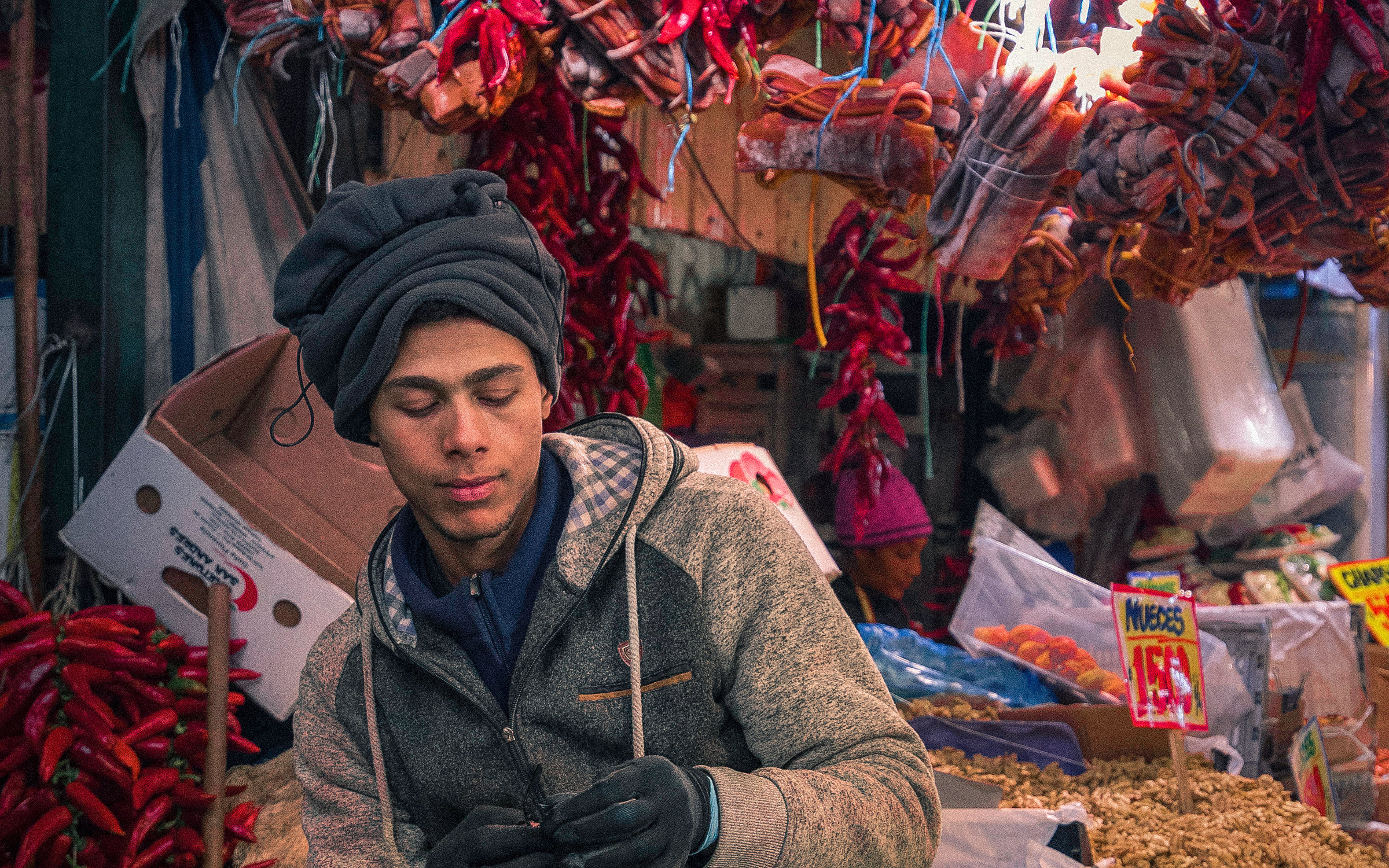
Backpack full, camera charged, ready to be filled with memories. That’s how I left, wanting to see the world and capture the landscapes I had been dreaming of.
Along the way and without planning to, I started exchanging landscapes for markets and began what would become a five-year collection of photos and memories from the world of food. While I don’t have pictures of all the markets I visited, I still want to bring you along to travel back in time to my favourite ones.
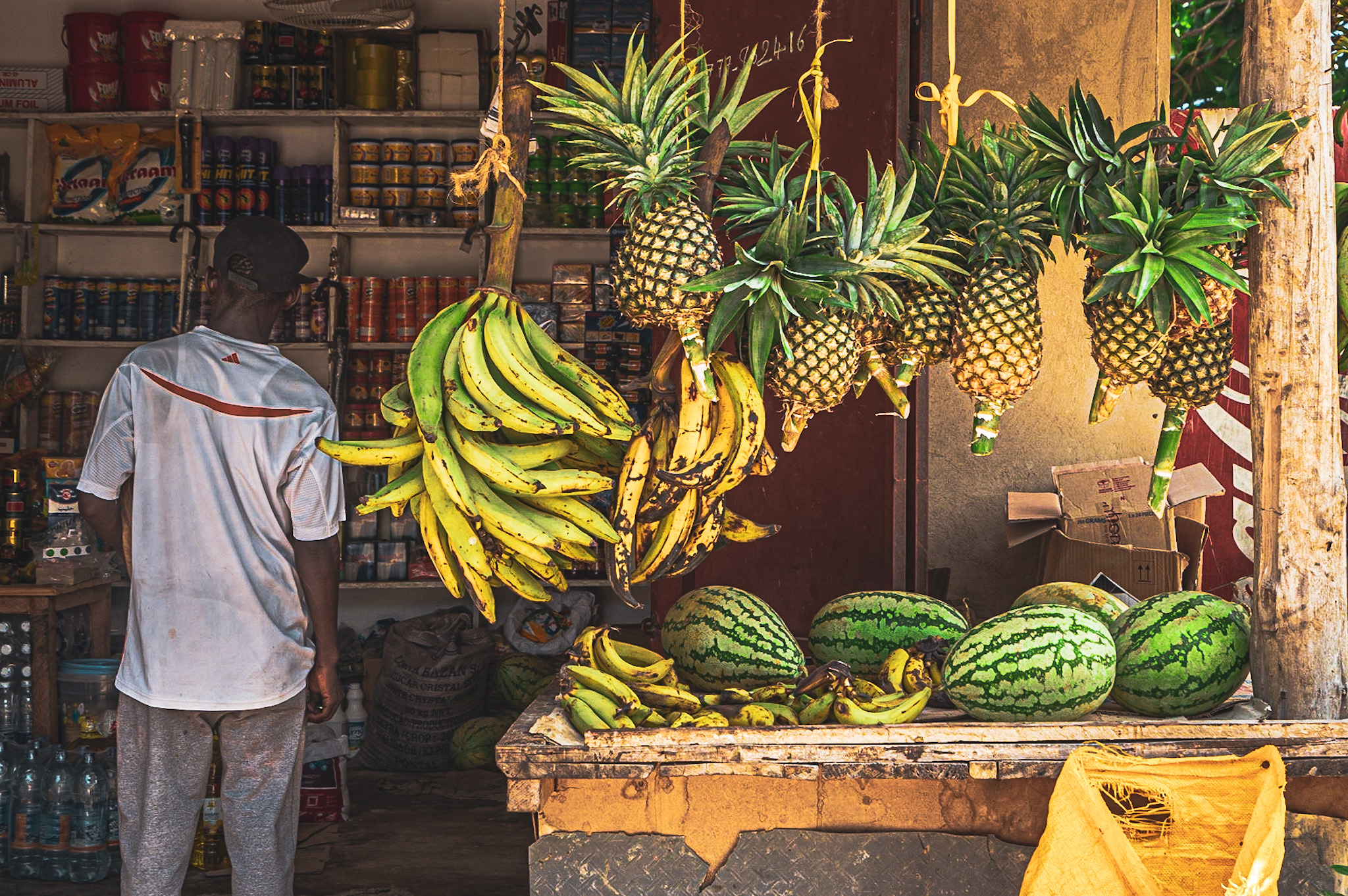
Every market is a bubble, an ecosystem with a life of its own and people who have made themselves a home there, a reflection of immigration and the local food preferences, cultures and identities, many of them clashing in one space. Some are charming, so clean and organized that a row of green peppers looks like shiny little soldiers; others are different kinds of places, loud and overwhelming, where a water stream from unknown origin touches your shoes and makes you cringe. But, both have many stories to tell.
If you are like me, you’ll be walking with a sense of fascination, discovering ingredients you might never see or taste again while weaving past the wheelbarrows full of produce being pushed through crowded aisles and people yelling the price of fish in your ear.
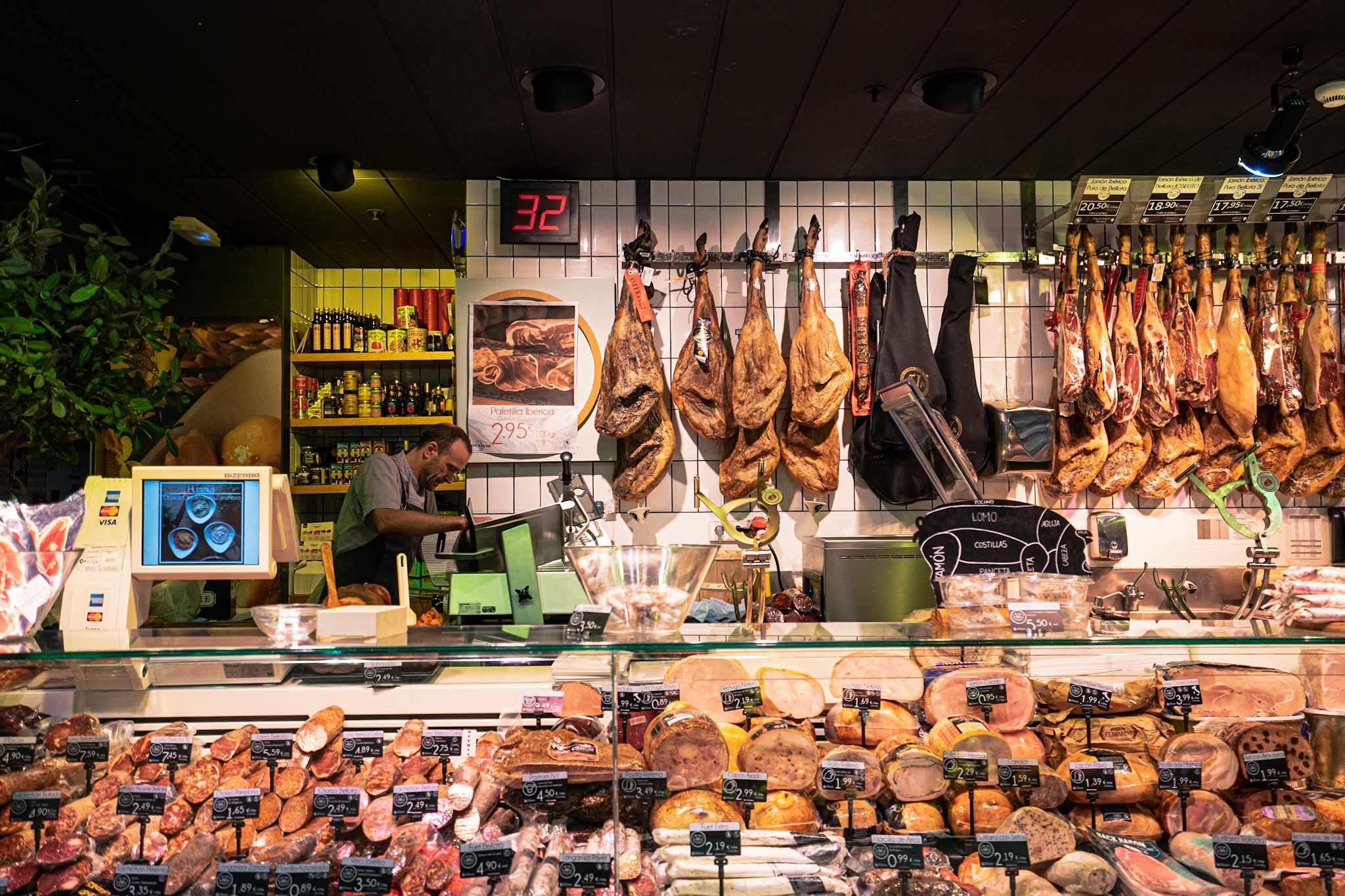
I guess part of my curiosity stems from the visits to my local market with my mom, the source of inspiration for much of what I write about since she started dragging me with her every other day to buy vegetables. She had the chaotic market perfectly structured in her head with such extraordinary organization that we were done shopping before lunch. Still, I didn’t appreciate the place as it required a 20-minute walk under the scorching Caribbean sun only to arrive in noisy chaos. I have not a single picture of this market, but it’s the only one with a clear image burned in my memory.
The “fruit tisana” cart marked our arrival to the “Mercado Periferico”, welcoming us with the fragrance of tropical fruit. Ahead of us was the truck of plantains where my mum still buys ten – a mix from ripe to green – because, in the Caribbean part of South America, you can’t go without plantains in the kitchen. This is a place my senses know well, and even if I were lost, the smell of guava and passion fruit would lead the way back.
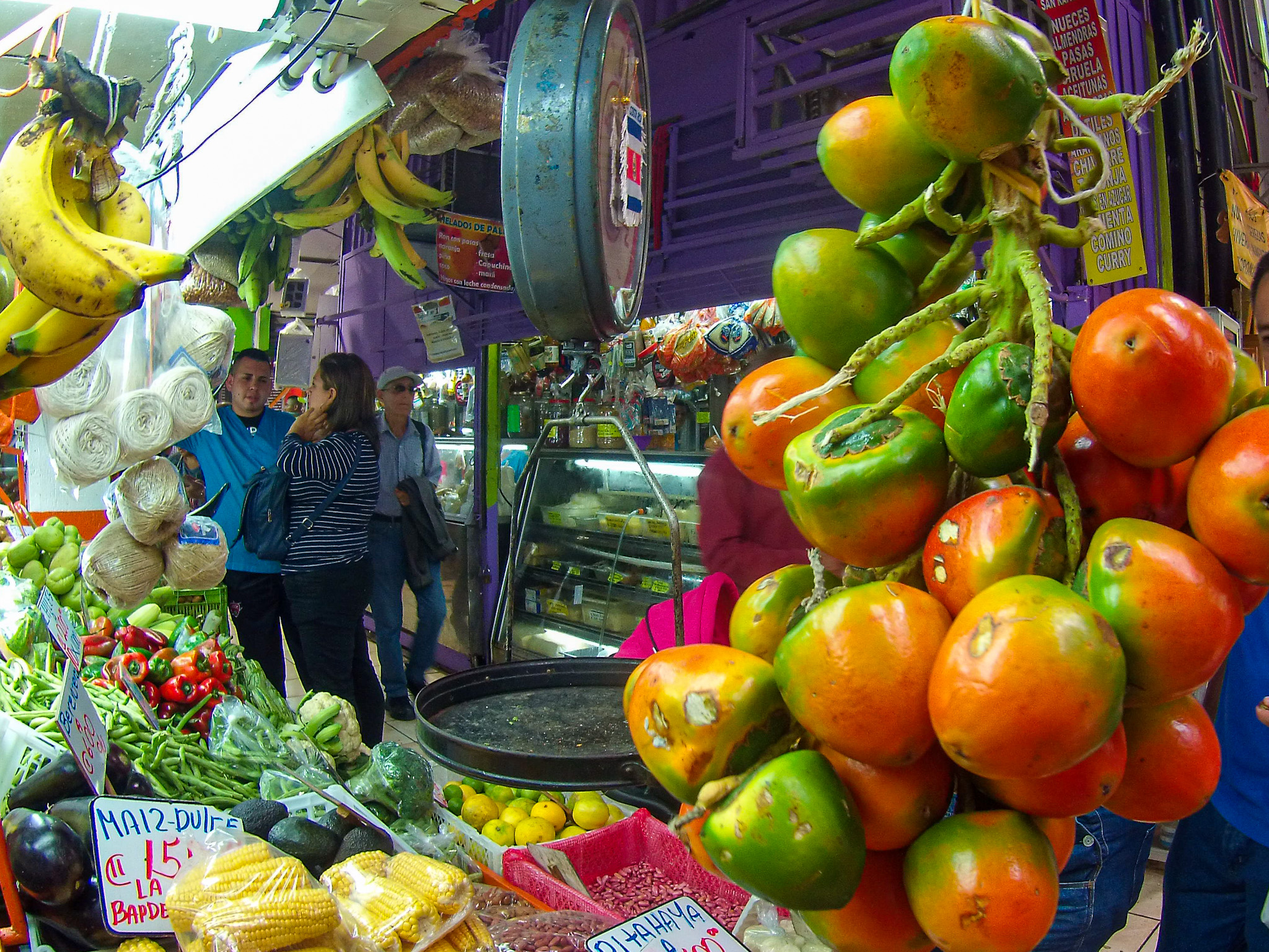
In the aisle of dried herbs, I learned that these places are pieces of culture separated into units that offer community solutions. Home of all kinds of herbs to use for cooking, for preparing a healing tea, or cleansing your house from bad vibes and haunting spirits, you only have to ask, and the vendor will know what to give you.
As we were all grounded at home for the last year, reconsidering the world we live in, some of us went back to the memories of travelling. I missed the markets that had sparked such a curiosity as I looked at the photos I had taken with cameras and phones, trying to comprehend the lives of those who were part of the chain that feeds the world.
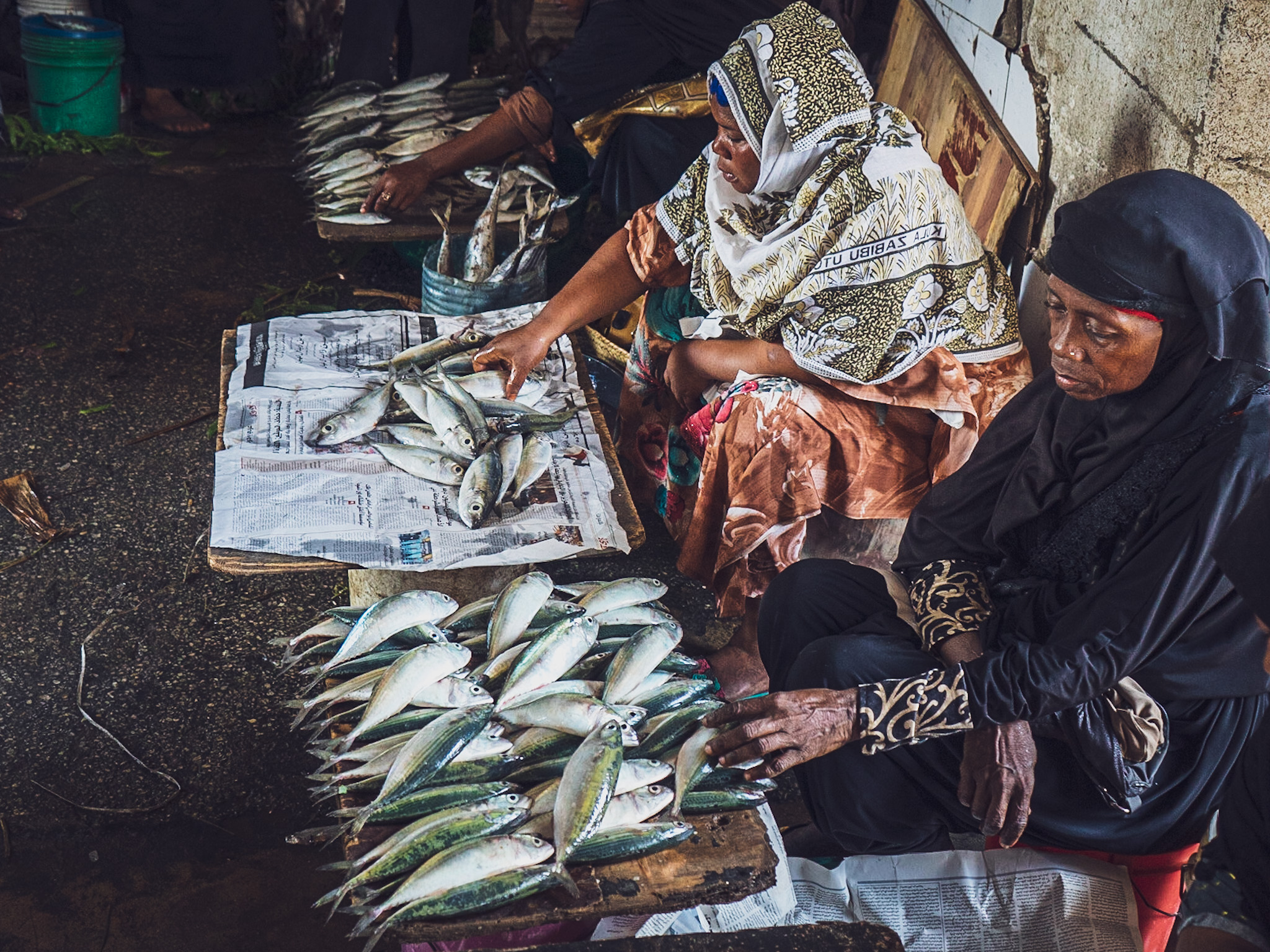
Photographing people is not an easy task for me, but the markets have a soul of their own. You can portray as much richness as you want but also find scarcity, needs, exhaustion, or sadness in the look of a vendor that arranges food like a piece of art.
When I’m there, I try my best to be unseen, a fly on the wall, so I don’t disrupt the dynamic. My only regret is not remembering names, those I didn’t take note of or the ones I didn’t ask out of shyness because the story is always incomplete without their names.
A. D V. E. R. T. I. S. I. N. G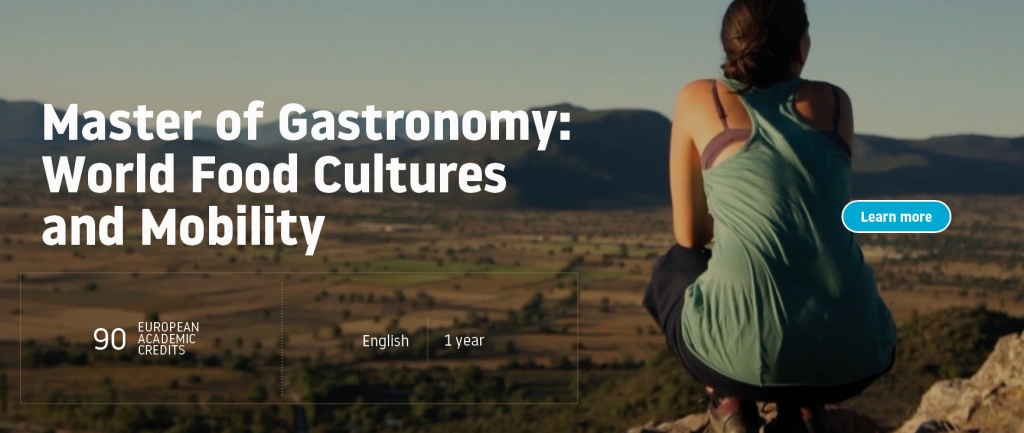
Venezuela
This trip began at home. The “Mercado Municipal de Chacao” in Caracas is one of my favorite places to wander. I start by getting their famous “Chicha” at the entrance, a beverage similar to horchata, with a base of rice, milk, cinnamon, and sugar, served with ice to refresh your spirit or keep your stomach full when hungry.
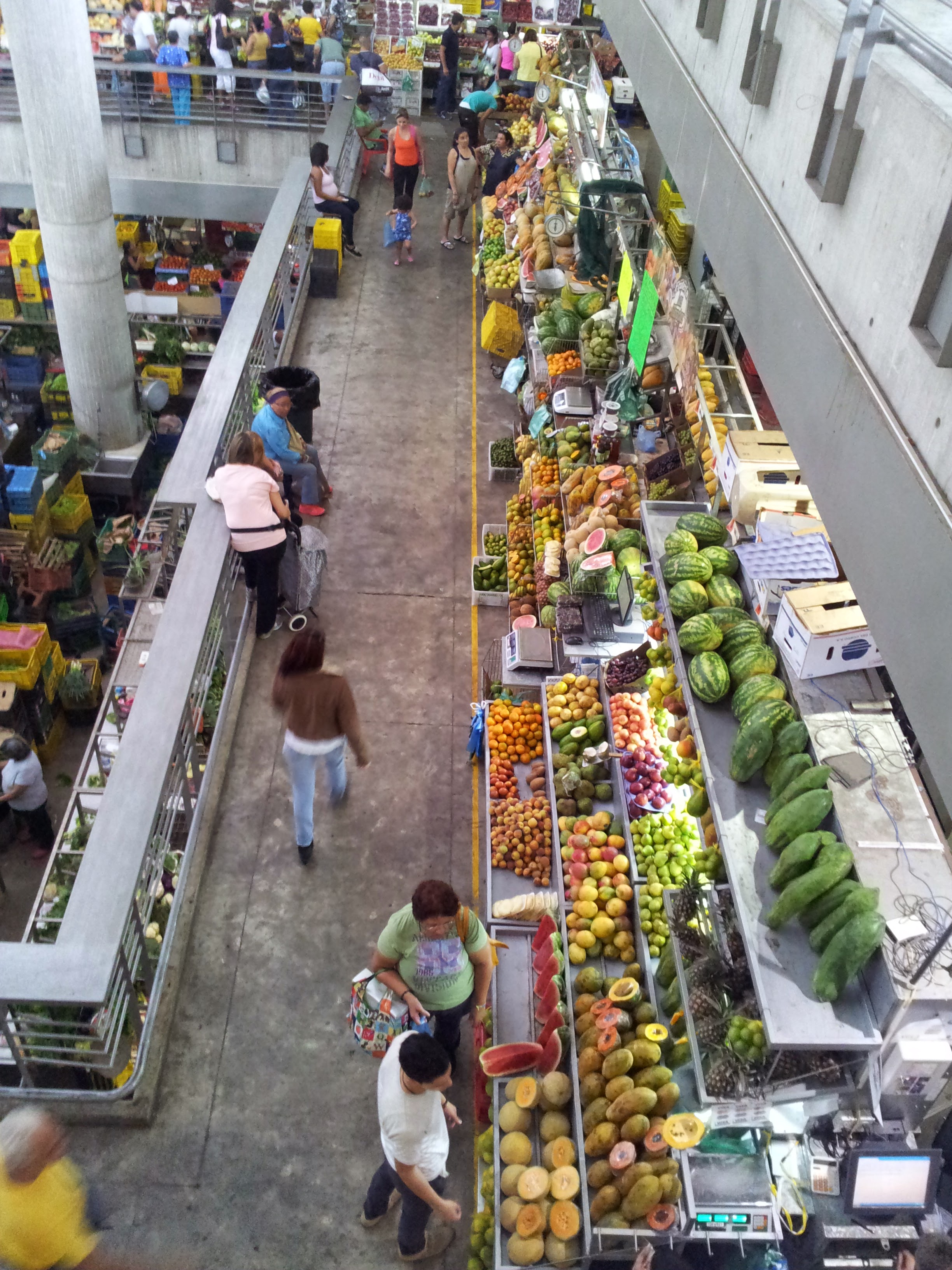 |
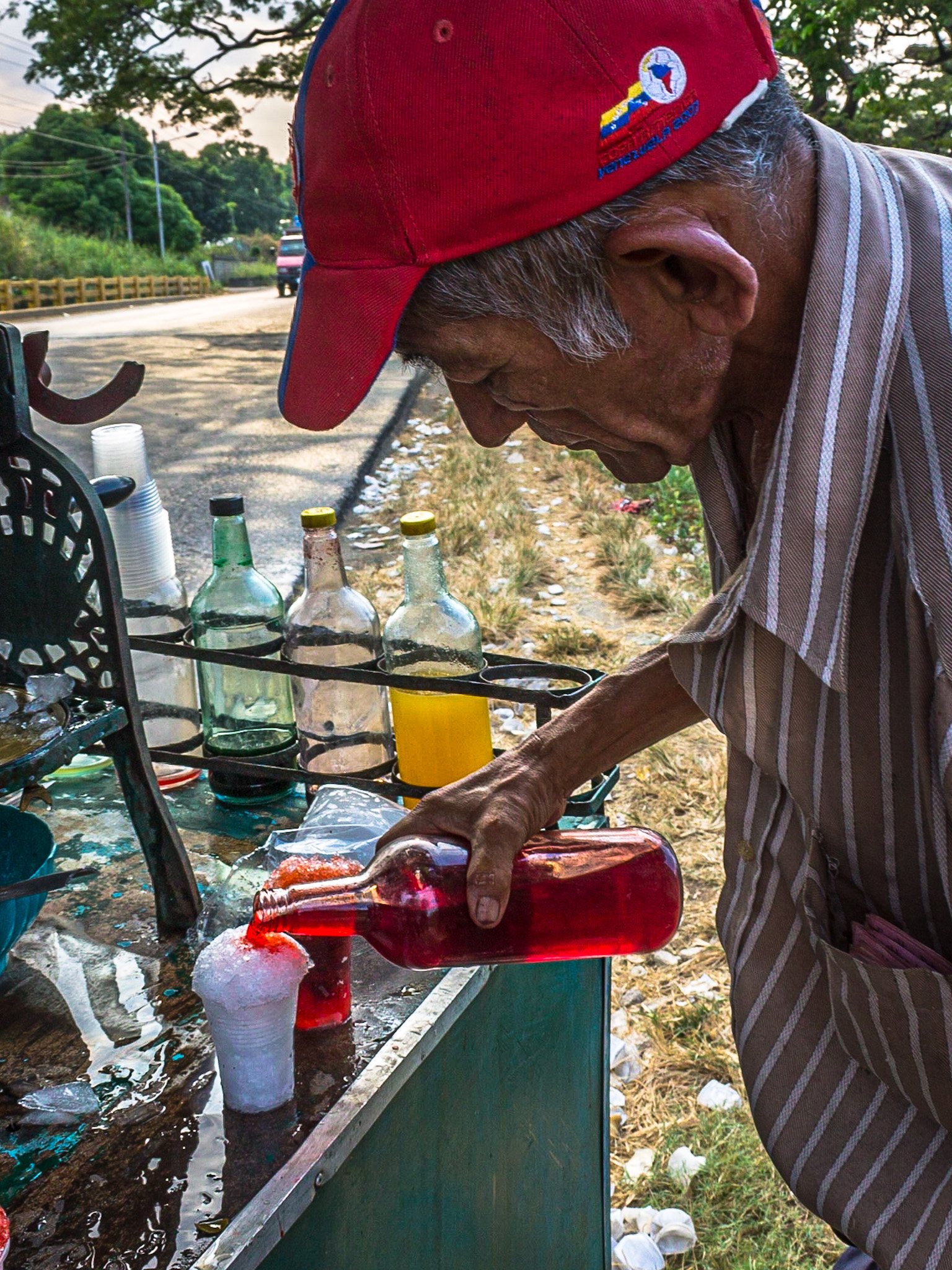 |
This market has a rhythm and scents that call to you, taking you from fruits to empanadas with Katara sauce in an instant. The latter is a spicy sauce typical of the Venezuelan Amazon, made with red Bachaco (Atta Laevigata).
Other photos were taken from the side of the road, where small stands can be seen and stopped by while driving. Perhaps you want a refreshment and spot someone selling “Cepillado” (snowball) or fancy a “Chicharron”, a dish with Spanish origins that consists of fried pork belly with a crispy texture.
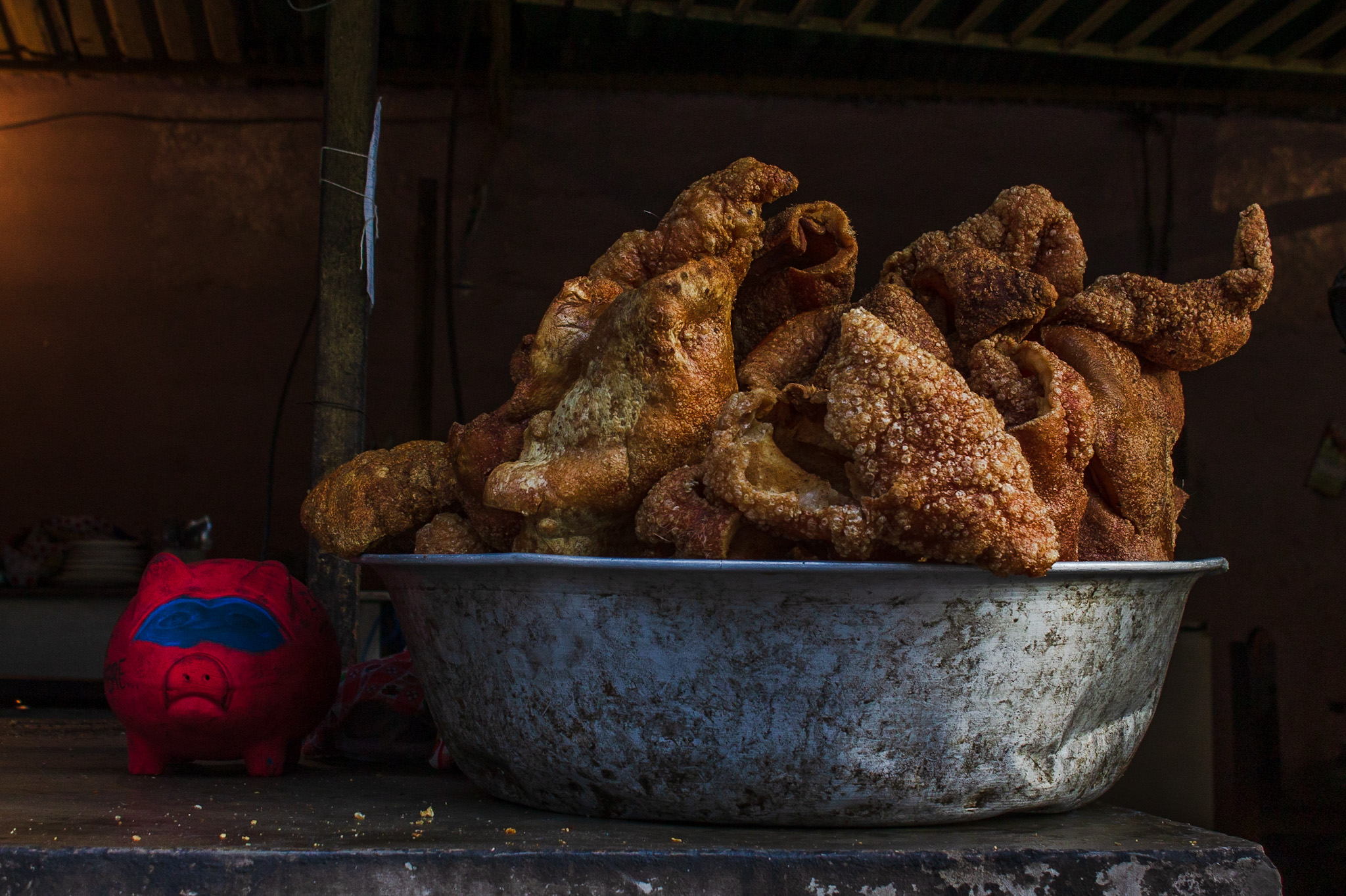
Costa Rica
The “Mercado Central” in San José, Costa Rica, was my first market visit outside Venezuela. Established in 1880, this labyrinth full of tradition offers a sample of the Central American diet. You will find meat, vegetables, and herbs for all kinds of uses. Eventually, you will find the food stands during your walk, rich with fried plantains, fish, and “Gallo Pinto” breakfast, one of my favourites, consisting of rice and beans with fresh cheese.
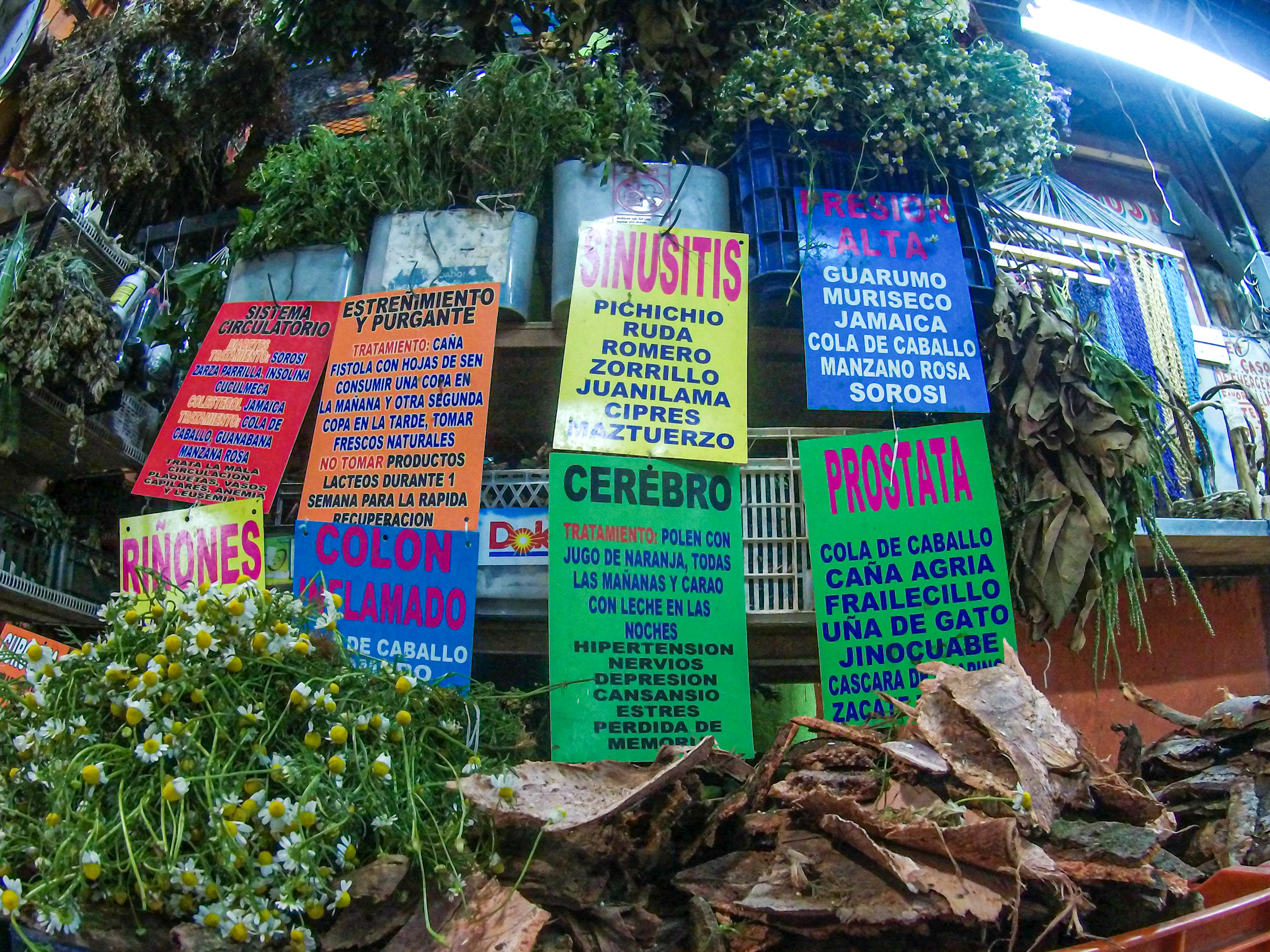
I was looking for “Pejibaye” or Peach Palm fruit, a national snack unknown to me that I wanted to try.
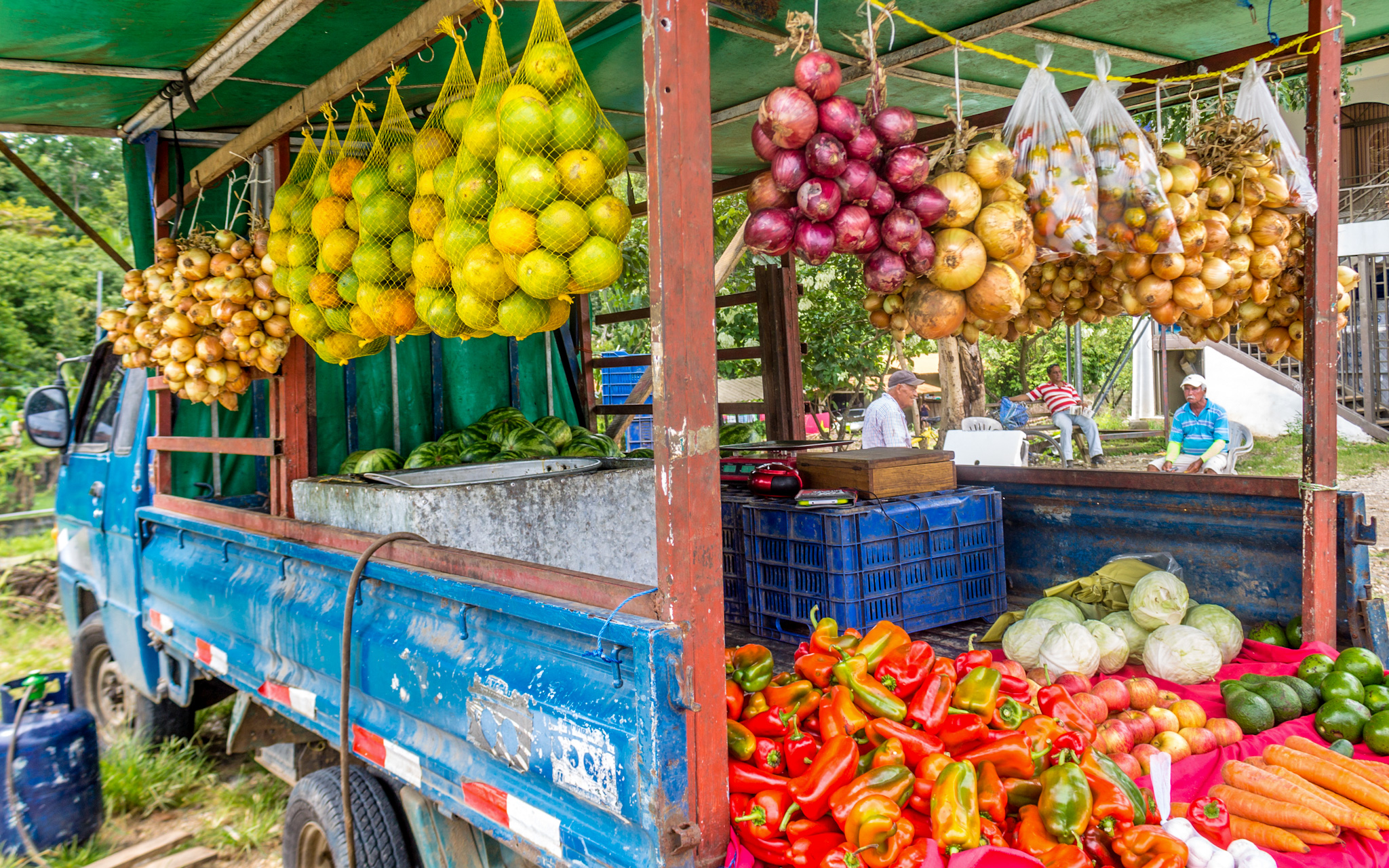
Even in the remote towns, a truck going slowly in the streets will announce the selling of produce, already cooked Pejibayes, and fruit that can be bought while you come back from a surfing session. It is the “Pura Vida” life.
Panama
Right below Costa Rica is Panama, my next stop. The seafood market is located in front of the coastline, one block away from the historic part of town. This market is divided into two parts, one where you can sit and enjoy ceviche or a lobster tail with a fresh salad, and the ground floor, perfect for the ones who want to cook a feast with freshly caught fish.
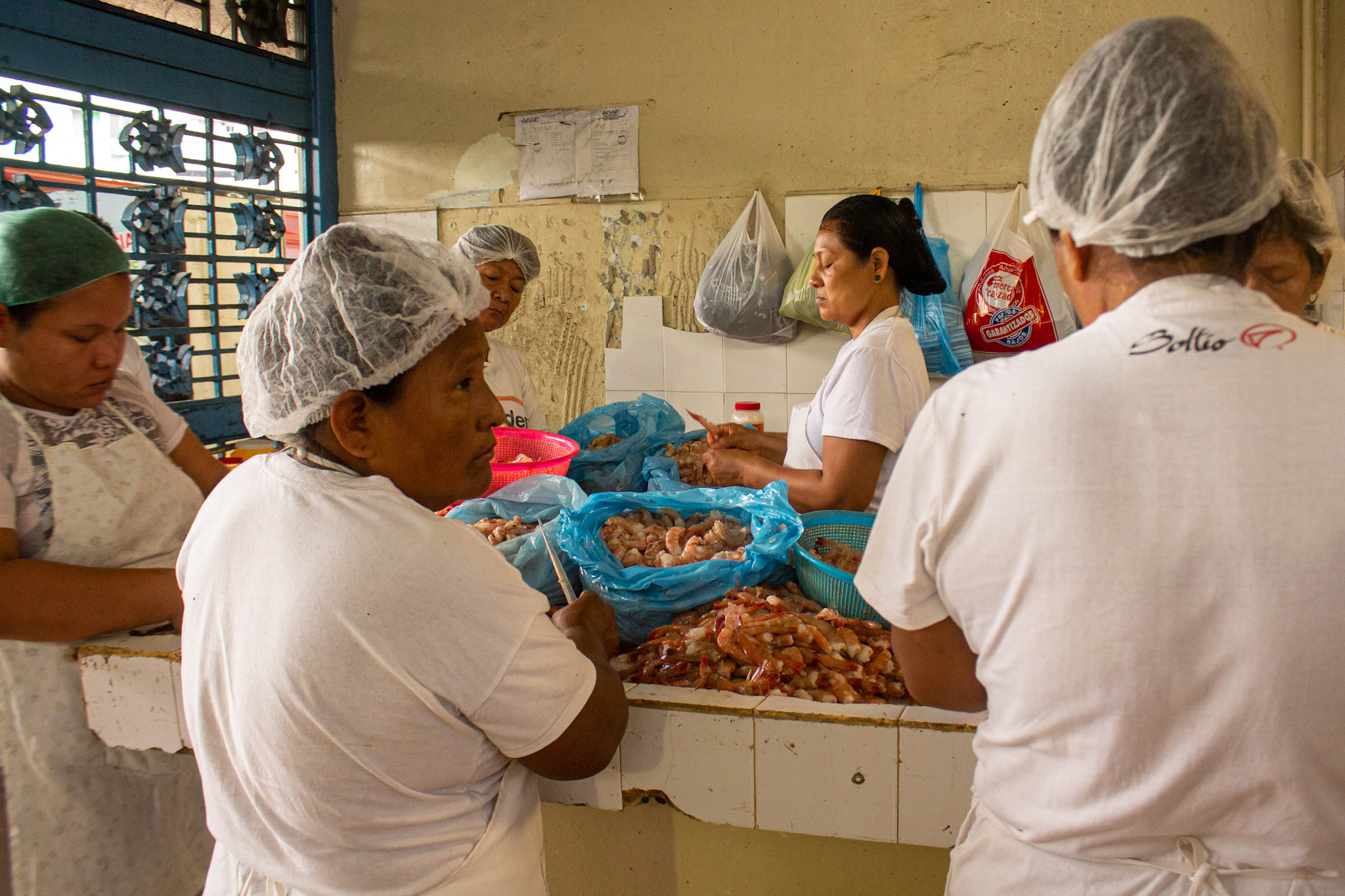
Here I saw a beautiful group of women cleaning prawns, and cracking jokes from time to time, which made me think I hadn’t seen many women working in fish markets before that.
Chile
Somehow I ended up in Chile, where I visited “La Vega Central”. This is one of those chaotic markets, challenging to navigate and yet very touristy. Right from the entrance, I saw all kinds of maize, potatoes from the south, black garlic from Chiloe, and other vegetables and fruits moving in and out.
You can also find Merken. This is a Mapuche condiment made with smoked chilli called “Cacho de Cabra” that you will see hanging everywhere in the market, creating a fiery red frame for the view.
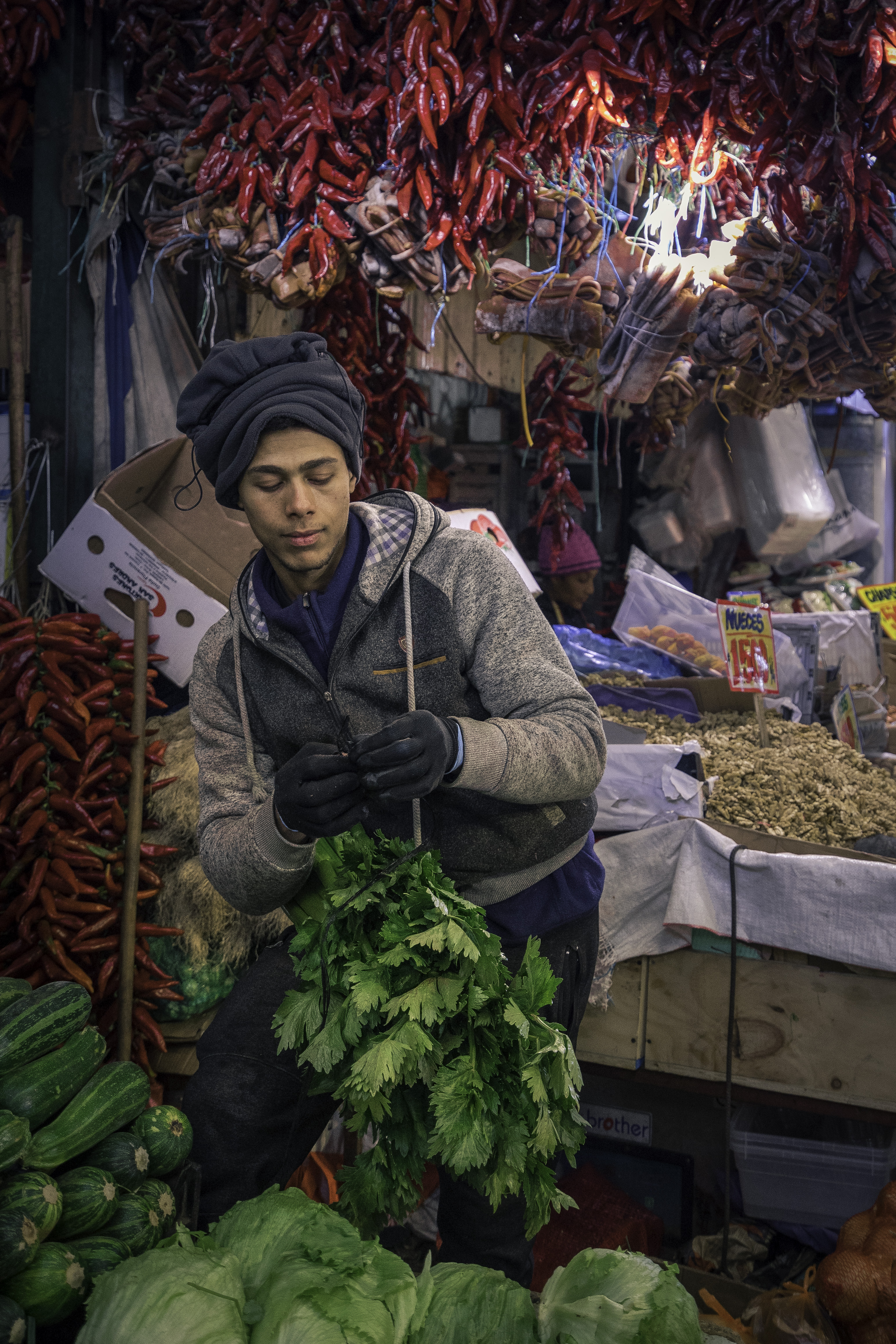
La Vega is also a portal back home for some immigrants and travellers, elevating the meaning of this market to pure nostalgia. There is a Venezuelan stand selling empanadas where I ordered one with “pabellón criollo” (fried plantain, black beans, shredded meat, and cheese). Immediately, I could feel the breeze of the Caribbean. I was home.
They are always dancing and singing, and the food tastes better if you join the party.
The portrait of “the man in La Vega” is one of my favourite photos. I was overwhelmed by the noise and the non-stop movement that can make you feel as if life went on without you and then I saw him, his peace was contagious, and it became one of my favourite photos.
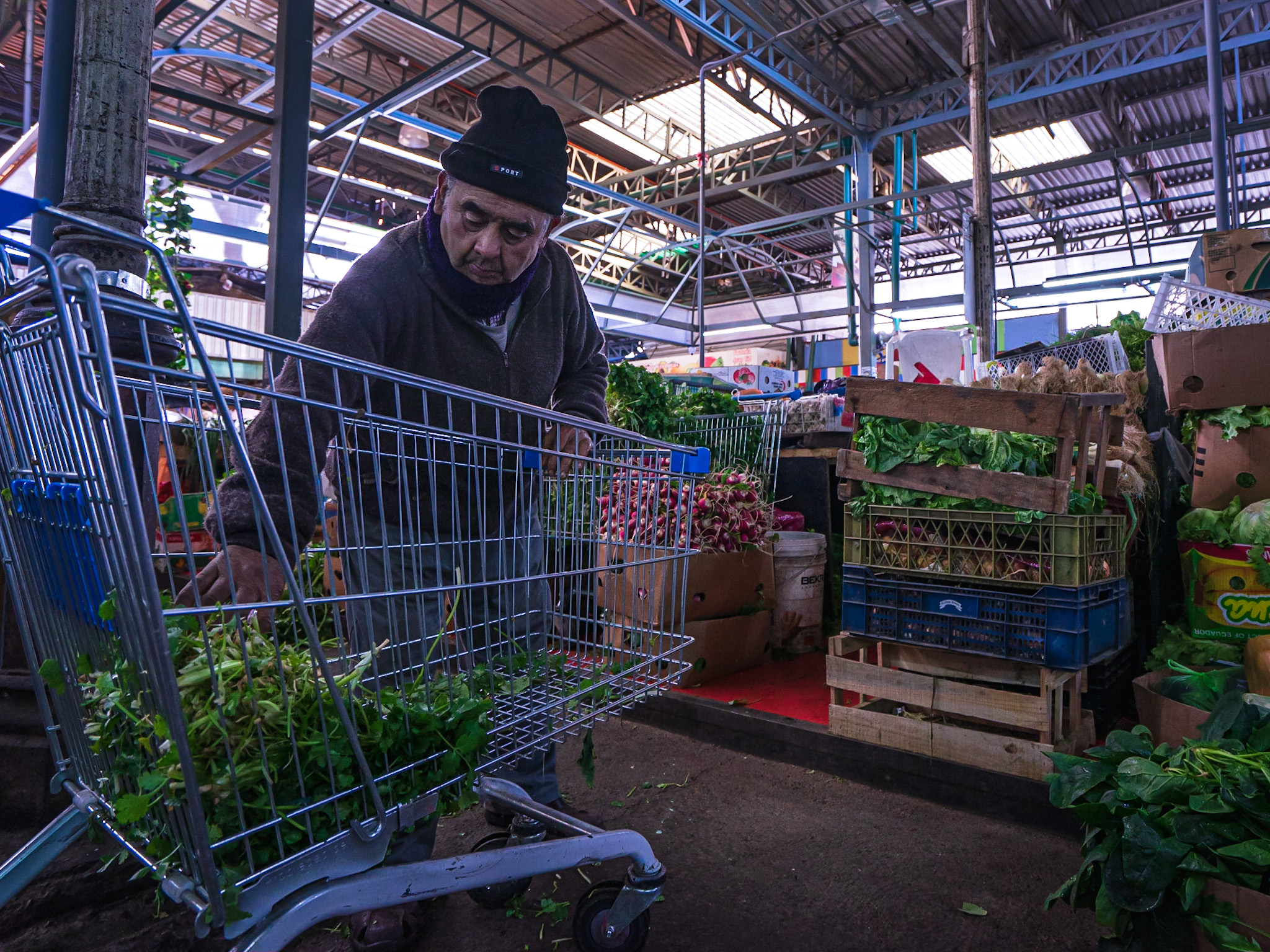
Outside of Santiago, there is a tourist destination called Valparaiso, and being in front of the Pacific Ocean, of course, it has a fish market. In this one, you can get “Cochayuyo” native seaweed from the region. It can also be found dried in the supermarket, but a ceviche made with fresh Cochayuyo is an entirely new experience worth the try. The “Valpo” market is on the coastline, surrounded by hungry sea lions waiting to be fed with fish leftovers. You won’t miss them; they are pretty loud when hungry.
Argentina
Crossing the Andes, in Buenos Aires is the “Mercado de San Telmo”, founded in 1897, with a romantic flair and several antique shops. I found Argentinian empanadas that I enjoyed with a beer in the middle of the humid summer—filled with beef, cheese, or vegetables, baked in an oven located right across your seat. Needless to say, I ate a lot and enjoyed every single bite.
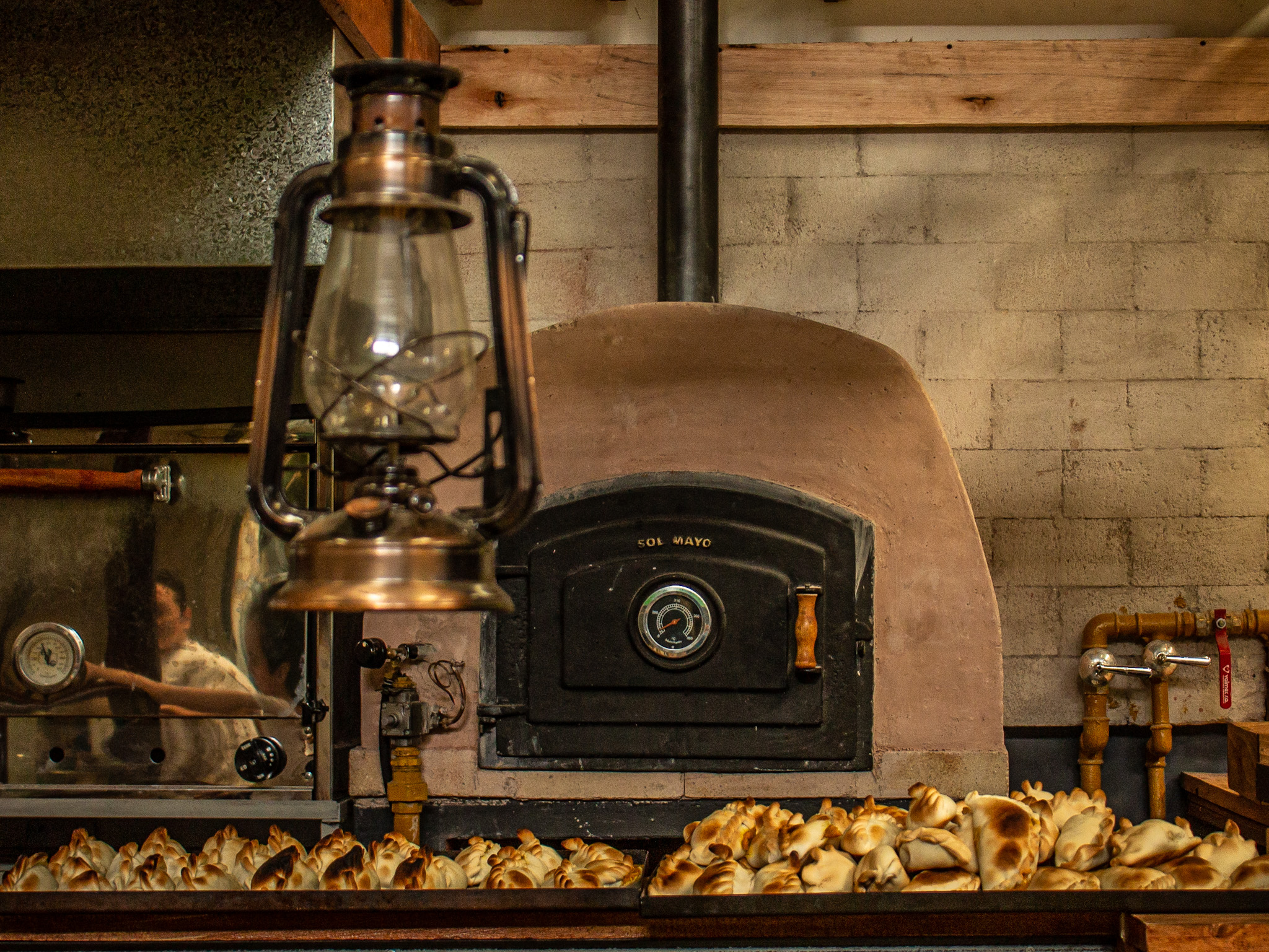
Zanzibar
From South America to Africa. In busy Stone Town in Zanzibar, any tour guide will likely recommend you to visit the Darajani Market. It is famous because of its variety of spices and the fish auction during the morning.
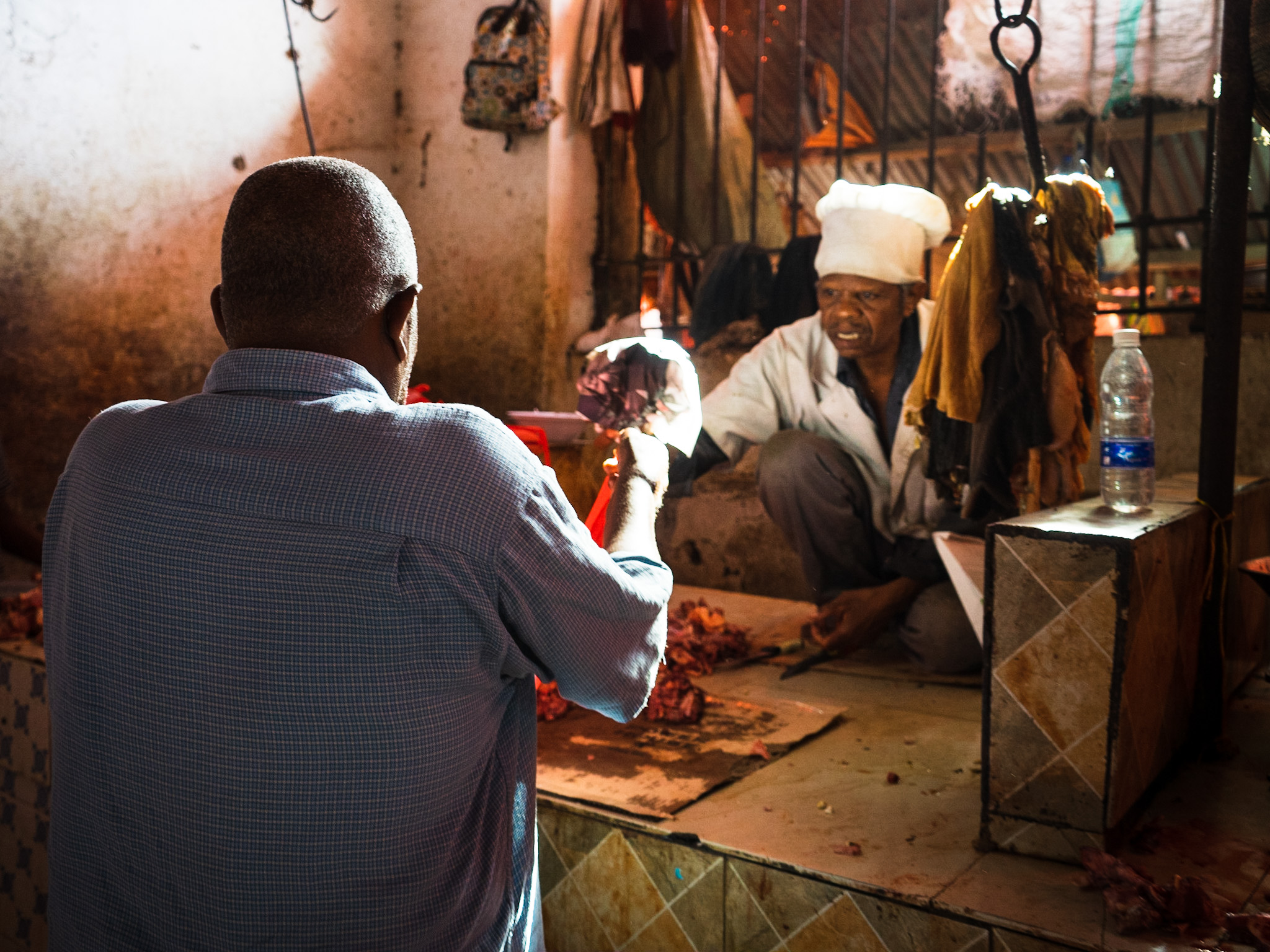
I was standing there, water running from the fish and meat stands straight to my shoes, people walking around me with the catch of the day, a man standing barefoot on a table next to the meat he was about to sell, and the women in the corner selling fish, organizing them in silence—a portrait of calm in disorder.
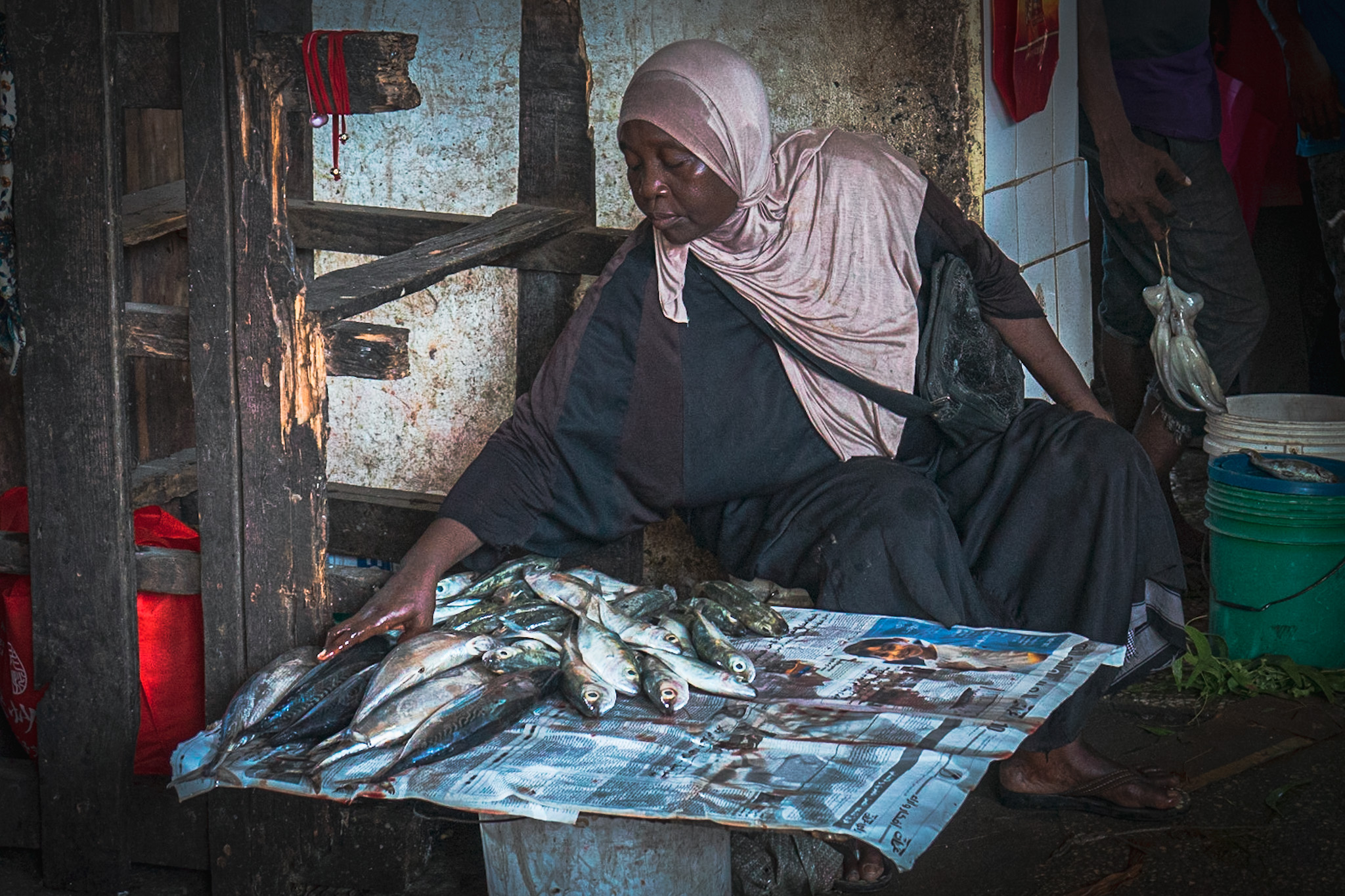
Germany
In December, the Christkindlmarkt lights up the city. The famous Christmas market of Nürnberg begins, and people from all over arrive to experience the magical season that feels like a living postcard. Crowds warm their souls with a cup of Glühwein and eat the famous Nürnberger sausage in a roll with mustard that has been cultivated in the region. You can’t leave without trying a traditional Lebkuchen, a soft form of gingerbread with a history that goes far back to the 13th century. They are pretty addictive.

When the Christmas market is gone, the fruit market returns to its usual spot, accompanied by falafel, dried meat, and cheese stands.
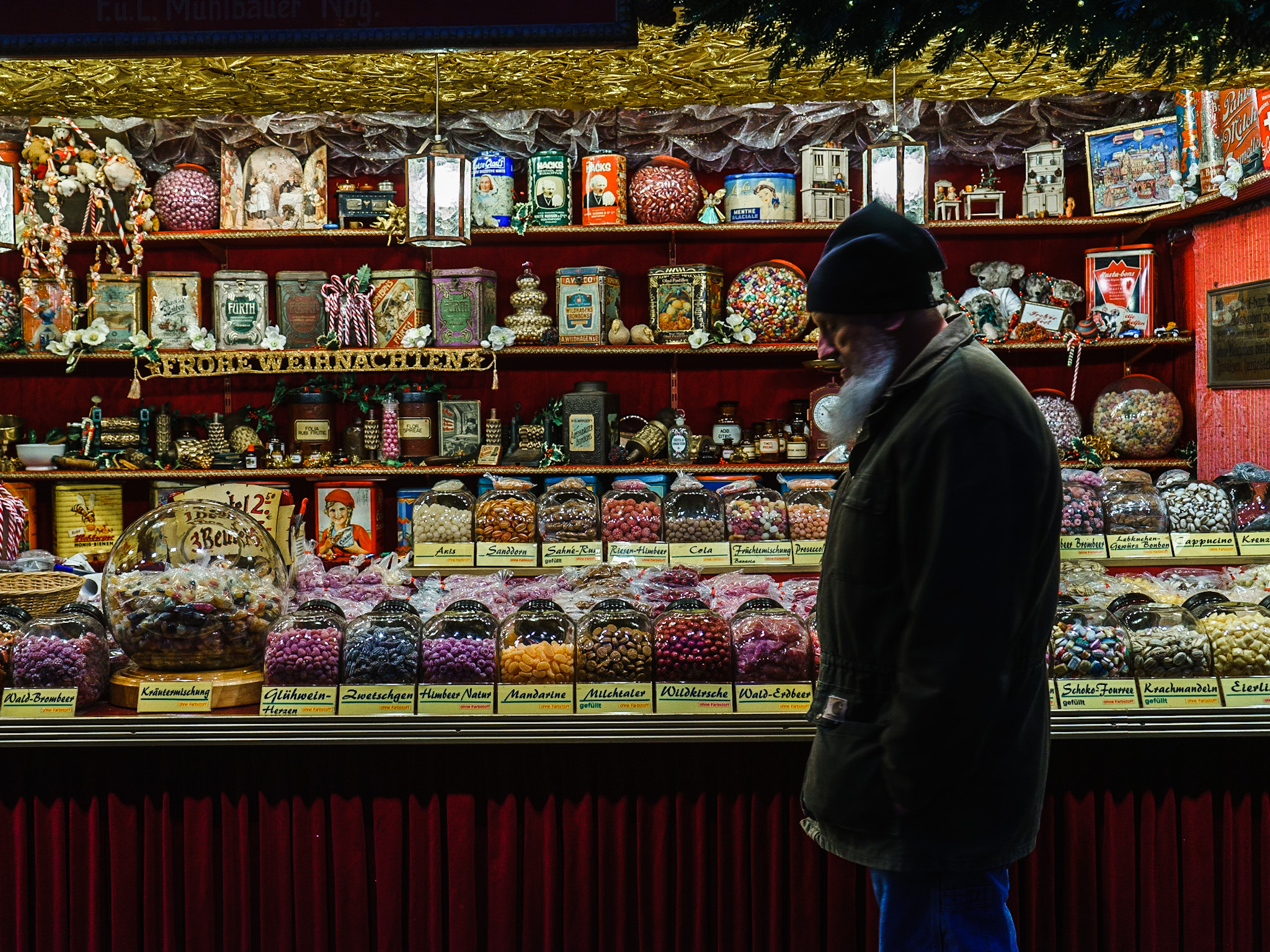
Dubai
I was told that I was supposed to haggle in the Spice Souk of Dubai, as it is expected, to get the right price, but I couldn’t do it. I believe the vendor realized my lack of haggling skills and gave me some dry lemons as a consolation prize. This place has spices, tea, coffee, dry flowers, saffron, sulfur, and more, much of which I had never used or tried before. I ended up with black cardamom, za’atar, Mahleb and made rice using the free dry lemons. It was also the first time I saw Mahleb, an aromatic spice obtained from the seeds of the Prunus Mahaleb cherry, that I brought with me to Bra for a friend and which came back to me mixed in a Choereg bread made beautifully by one of my classmates.
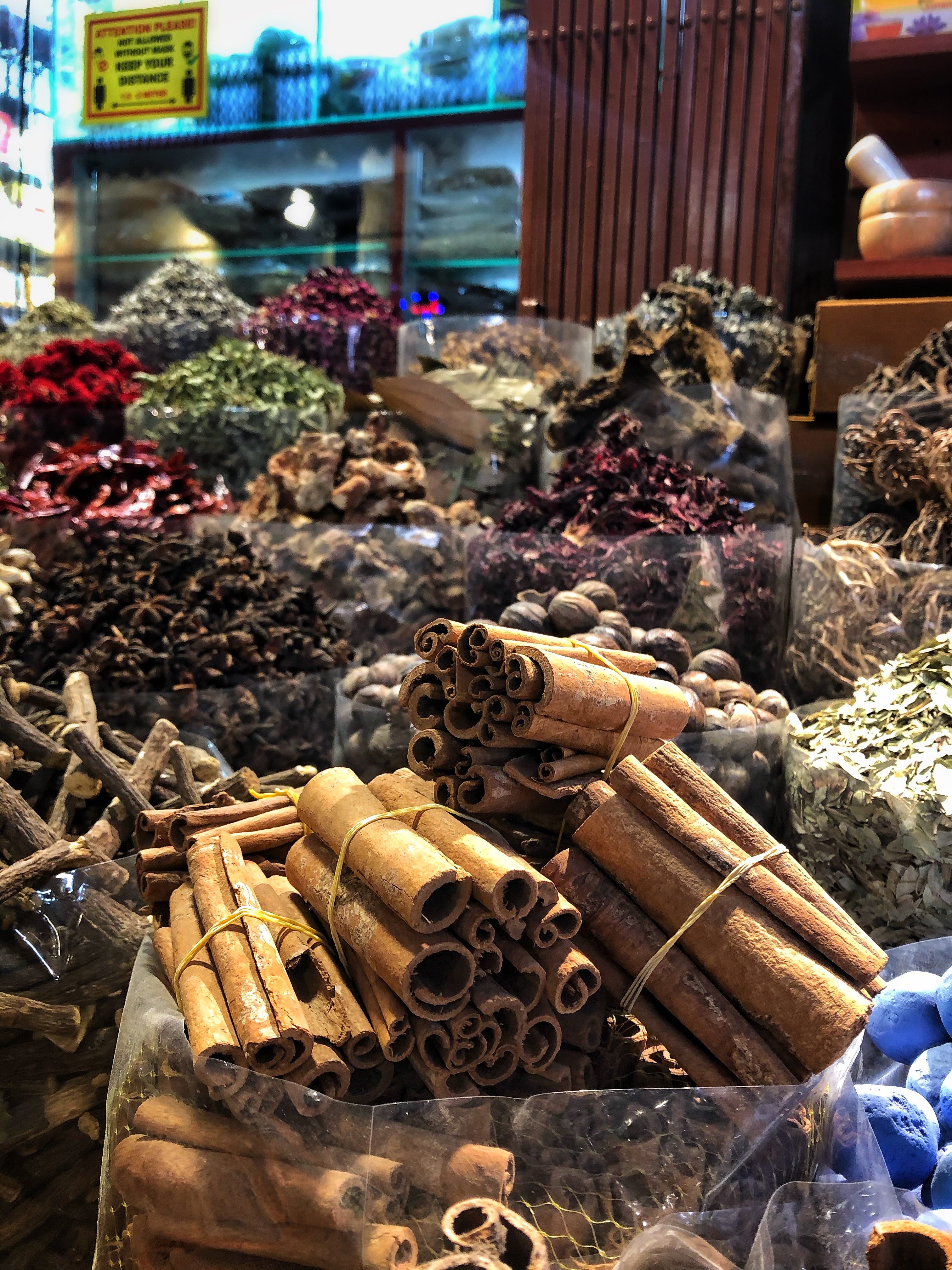 |
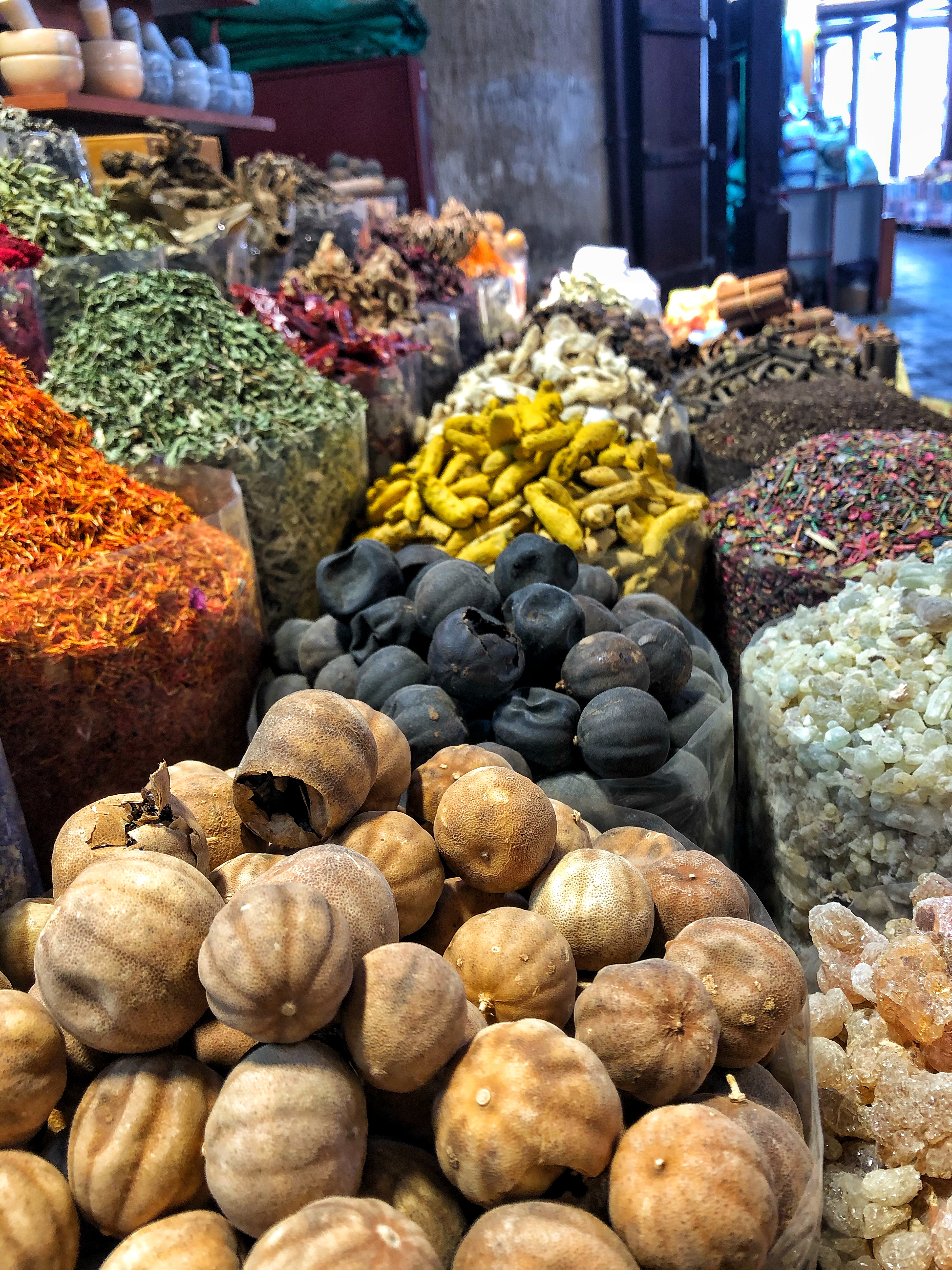 |
Crete
On the island of olive oil, cheese and wine, there is a city called Chania, and its municipal market is known as “Agora”, an ancient Greek word used for gathering spaces, a name that fits the market well.
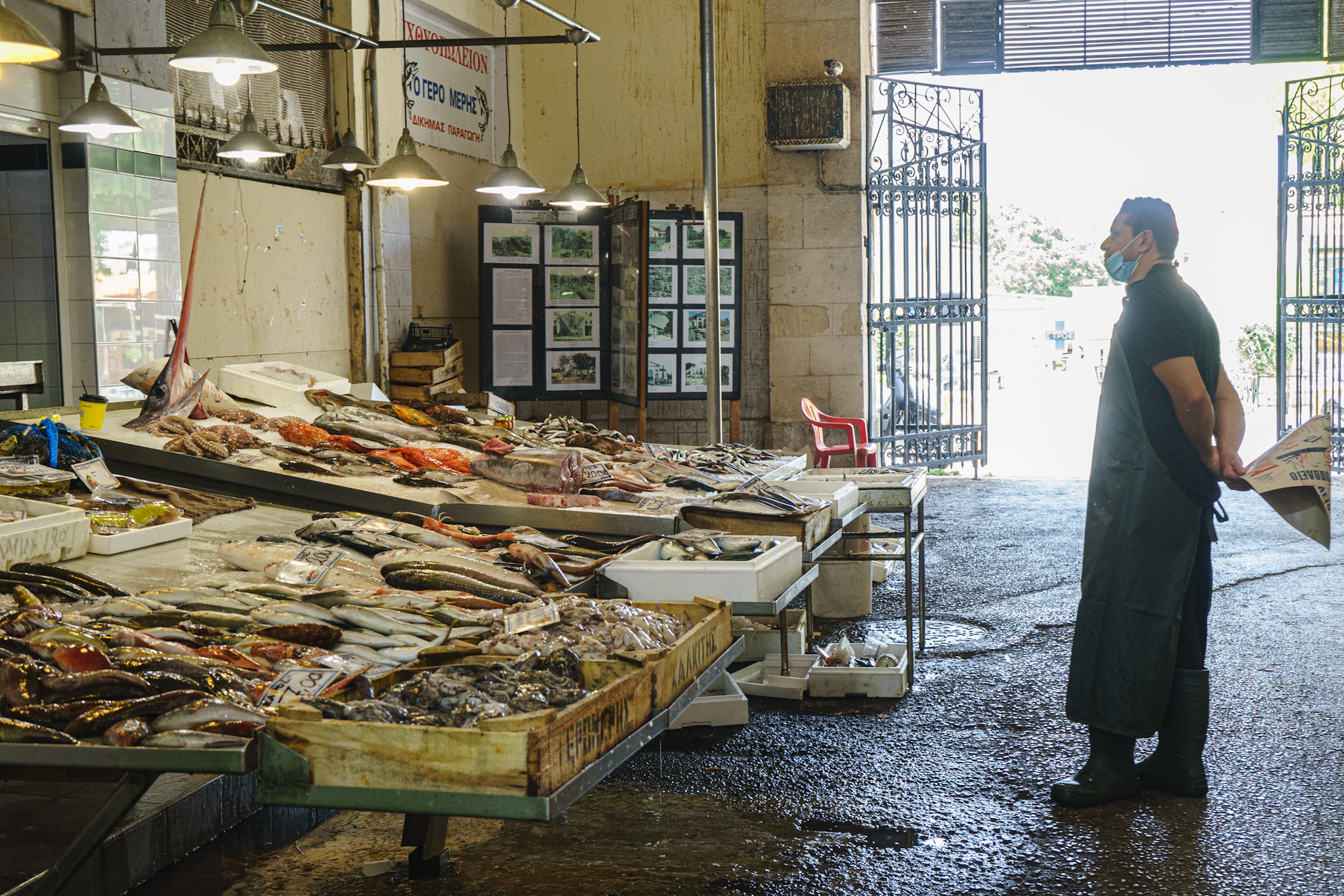
This market was built in 1903 and has an ambience that makes you think that it was a stop for the tourists not so long ago. Today, behind the stands of olives, sponges, mountain tea, typical pastry, and fish, a group of people is waiting for them to come back; they are ready and eager to sell their products and bring the island back to life.
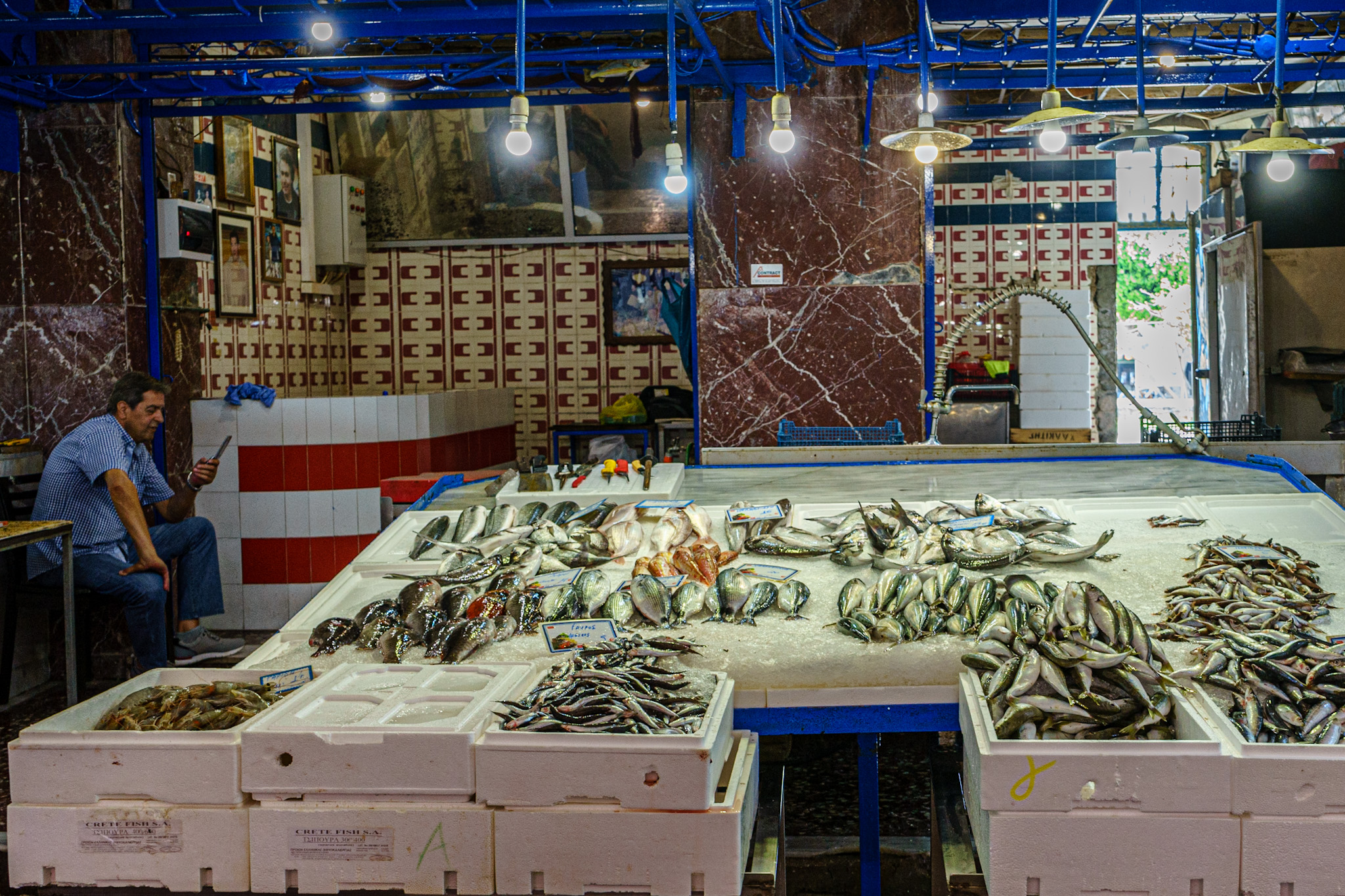
People from Crete are one of a kind, they are welcoming, and more than once, you will be invited to the kitchen to see how their food is made. They are proud and know it is good, and even when you are too satisfied to keep eating, they might say something like “no full” while they place another piece of semolina cake (ravani) and a shot of raki before you.
What’s next on my list? The markets of Italy, of course!
Photos ©Deines Rosibel Rojas Loaiza